The Rise of Cheap Drones in Warfare
The increasing use of cheap drones is reshaping modern warfare. These small, cost-effective unmanned aerial vehicles (UAVs) are causing significant problems for U.S. troops in the Middle East, harassing ships in the Red Sea, and shifting the balance of power in conflicts like Russia’s war against Ukraine, reports Axios.
Drones Transforming the Battlefield
The rise of cheap drones is upending decades of U.S. military planning and spending.
U.S. Army Under Secretary Gabe Camarillo stated, “The threat is complex, it is ubiquitous, and it is really transforming what the battlespace looks like.”
Ukraine and Beyond
In Ukraine, drones are guiding shelling and acting as bombs, forcing Ukrainian forces to withdraw U.S.-provided M1A1 Abrams tanks from the front lines. Iran’s Shahed drones played a crucial role in an April bombardment of Israel, with over 300 drones and missiles used. North Korean drones have crossed into South Korea, prompting Seoul to beef up countermeasures.
Houthi rebels are using drones to attack targets in Yemen, requiring the U.S. and its allies to respond with more expensive munitions. In Sudan, foreign-supplied drones are fueling a bloody civil war.
Changing the Dynamics of Warfare
Unmanned systems range from cheap, toy-like devices to high-tech, expensive drones. They can surveil, relay information, deceive, and attack while keeping the operator out of harm’s way. Drones popular in Eastern Europe can cost as little as $500 but can destroy much larger targets, like tanks.
Iran is equipping extremist groups and Russian fighters with drones that one expert likened to a “poor man’s cruise missile.”
Contractors are offering more portable drones to U.S. buyers, and lawmakers are considering a drone corps for the Army.
Seth Frantzman, an adjunct fellow at the Foundation for Defense of Democracies, said, “The most expensive, complex systems, such as the U.S. Global Hawk or Reaper drones, are no longer the types of [unmanned aerial vehicles] that are being acquired in large numbers.”
The Global Spread of Drones
Unmanned systems have existed for years but were once considered exclusive tools. Samuel Bendett, an expert with the Center for a New American Security, said commercial drone use “came of age” in the Syrian civil war and was further highlighted by fighting in Nagorno-Karabakh.
He noted, “The U.S. military has an unprecedented technological lead. But other Countries are moving very quickly, in terms of adopting tactical capabilities, which are now way ahead of anything that NATO or even the United States has.”
The U.S. Response
The U.S. Defense Department is investing heavily in unmanned technologies. Its Replicator initiative aims to field thousands of drones to counter China’s massive stockpiles, costing an estimated $1 billion in fiscal years 2024-25. The Air Force has contracted Anduril Industries and General Atomics Aeronautical Systems Inc. to build collaborative combat aircraft.
Former Navy SEAL and Shield AI cofounder Brandon Tseng summarized the shift: “Prior to 2001, the United States was all about very expensive, exquisite, crewed platforms. Fighter jets, helicopters, you name it. Then from 2001 to 2020, we learned to fight with drones. Then from 2020 to now, and for the next 20 years, we’re moving toward a world of intelligent, affordable drones.”
DroneXL’s Take
The rise of cheap drones represents a significant shift in modern warfare, challenging traditional military strategies and budgets. As drones become more accessible and powerful, they are transforming the battlefield and leveling the playing field. The U.S. military’s investment in unmanned technologies reflects a recognition of this new reality, emphasizing the importance of adapting to a world where intelligent, affordable drones play a crucial role. The future of warfare is undoubtedly unmanned, and those who can harness the power of drones will have a decisive advantage.
Discover more from DroneXL
Subscribe to get the latest posts to your email.

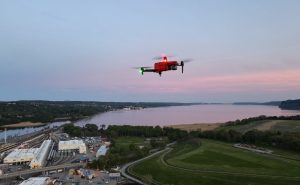
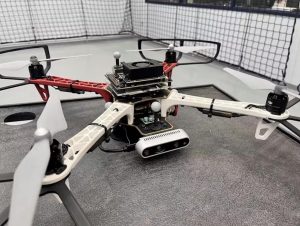

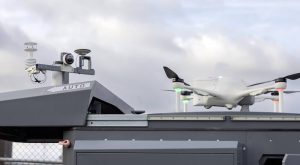



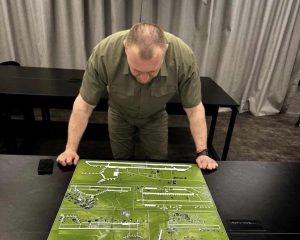
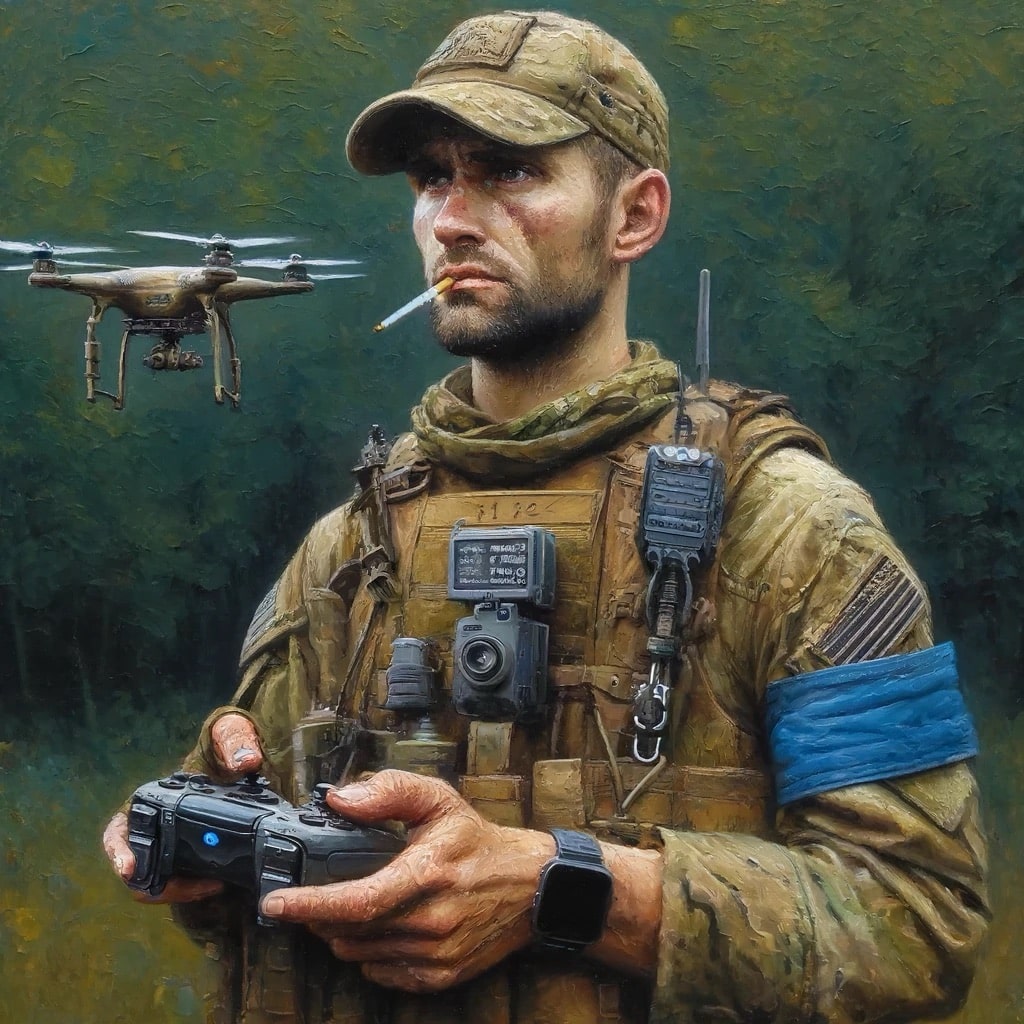
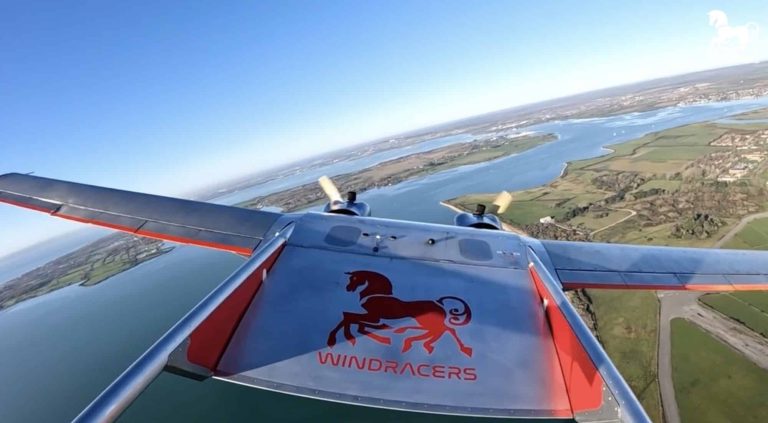

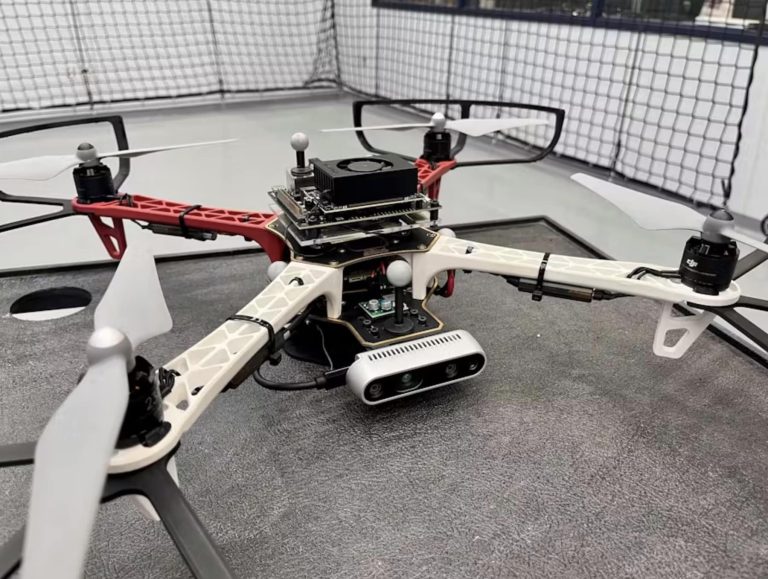



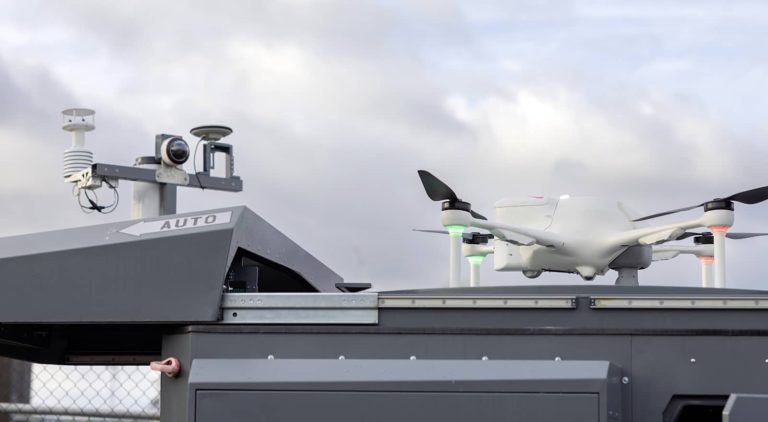
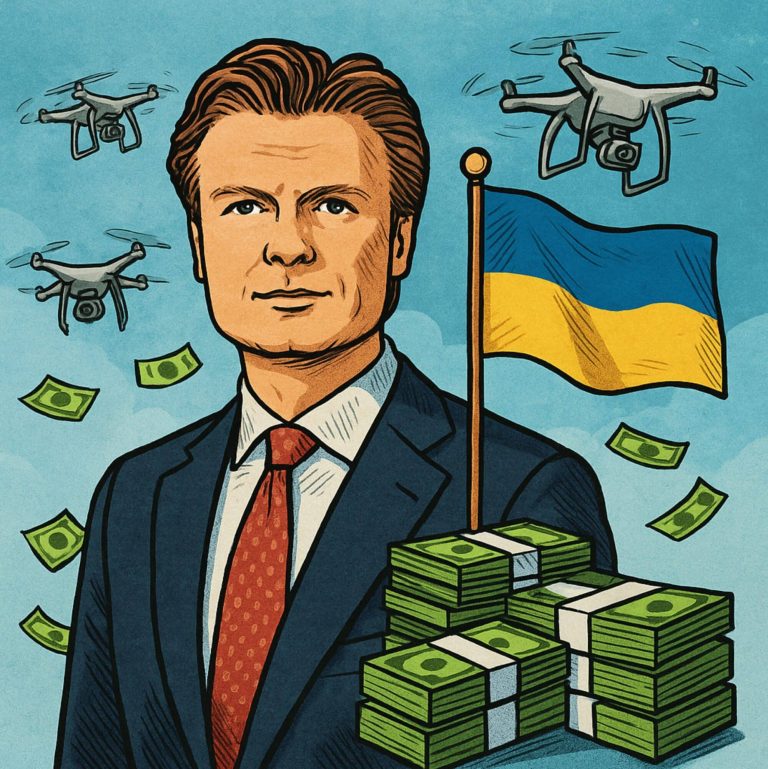

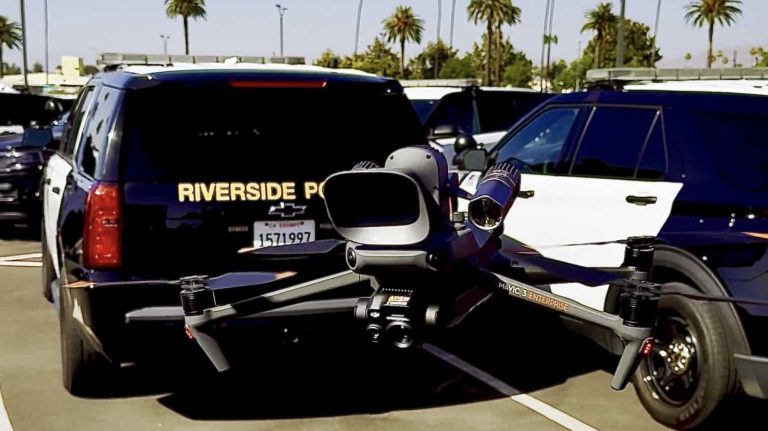
+ There are no comments
Add yours